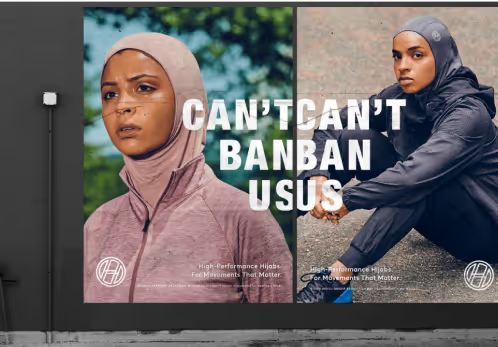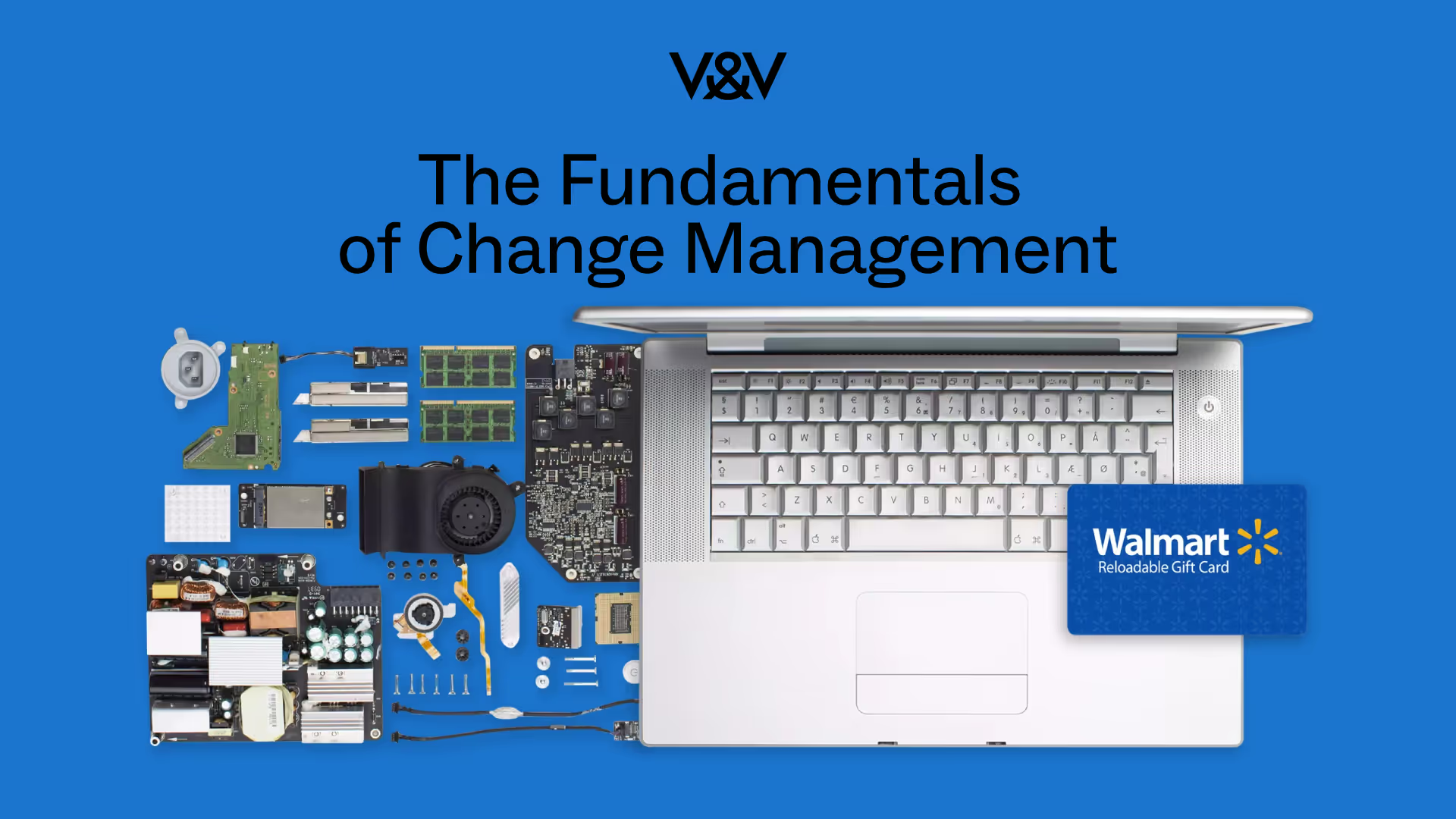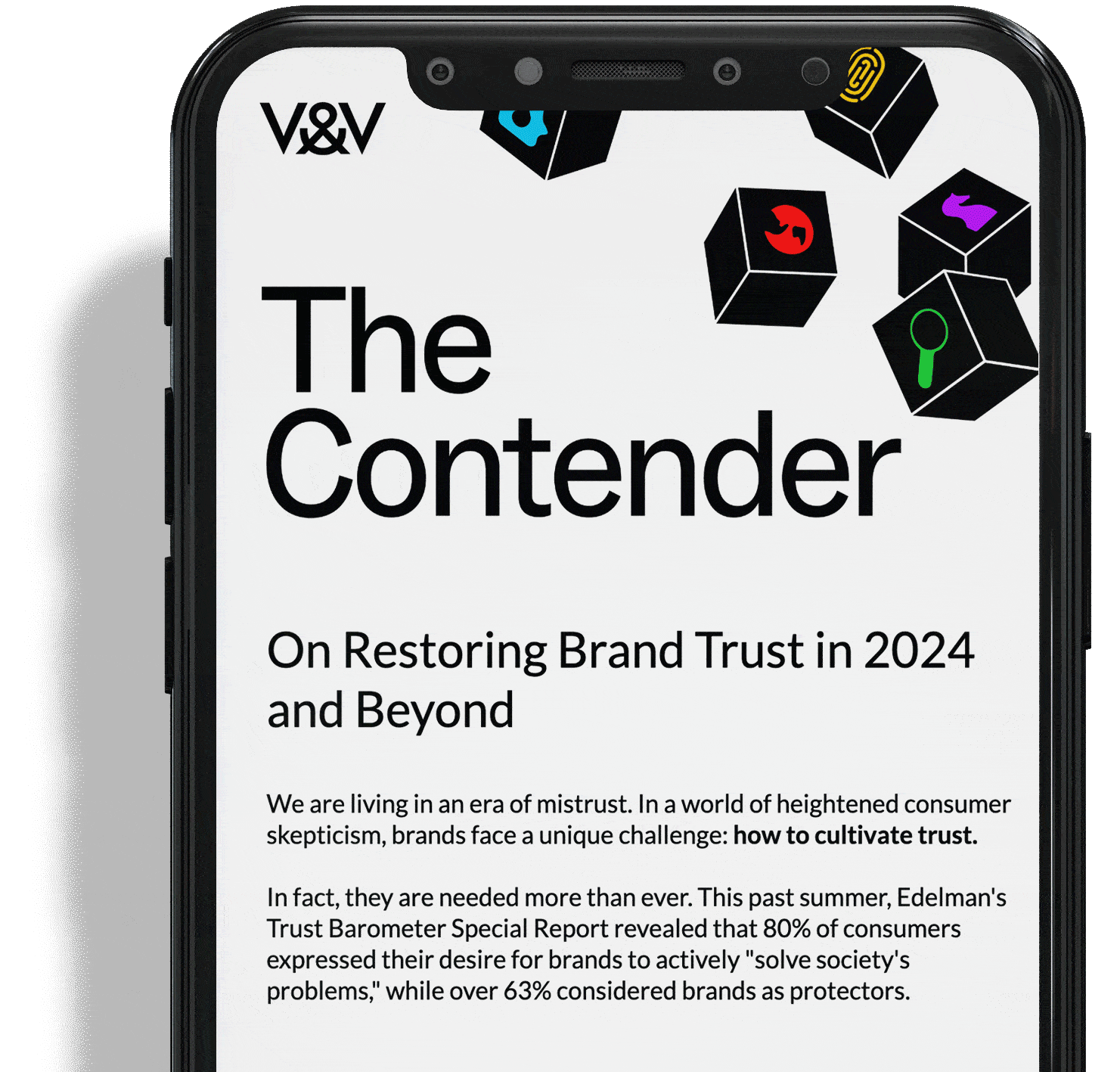How we align execs, VC's, boards, and teams to a challenger vision
Transformation is never only about having the right idea; it’s about navigating power structures, incentives, and resistance to bring that idea to life. Businesses challenging the status quo must do more than execute on strategy – they must understand who gains, who loses, and what it takes to bring every stakeholder along for the journey.
Yet, most change initiatives fail because they miscalculate resistance. Change is often framed as a logical next step, when in reality, it is an emotional, political, and structural shift. Successful change management acknowledges these forces, working with them instead of against them.
At 5&Vine, we specialize in aligning investors, executives, boards, employees, and customers by identifying mutual self-interest – the key to unlocking real buy-in and sustained momentum.
Understanding the real barriers to change
Too many leaders assume resistance to change stems from a lack of vision or effort. In reality, resistance is often rational – it reflects the concerns, incentives, and constraints of different stakeholders.
To overcome resistance, we analyze three key dimensions:
1. Power & incentives: Who wins and who loses?
Every transformation creates winners and losers. Leaders who succeed communicate benefits of change – and importantly they anticipate who feels threatened to actively reshape incentives.
- Executives may resist if they fear dilution of authority or misalignment with investor expectations.
- Boards often focus on risk mitigation, so new strategies must be framed as reducing risk rather than increasing it.
- Employees push back if they don’t see career or personal benefits, making early alignment critical.
We conduct real conversations, backed by data, to gain team intelligence that allows us to tailor messaging and strategy accordingly.
2. The informal power structures that matter
Formal hierarchies only tell part of the story. Informal networks – trusted advisors, internal influencers, and cross-functional relationships – can make or break transformation efforts.
- Mid-level managers often determine whether change sticks, as they translate vision into execution.
- Trusted insiders hold sway over decisions; securing their buy-in before formal approval increases success rates.
Instead of forcing a top-down overhaul, we sequence change through small, strategic wins that create internal momentum:
- Phase 1: Validate ideas with trusted insiders to refine approach before formal push.
- Phase 2: Secure support from mid-level managers who influence day-to-day execution.
- Phase 3: Align executive teams and investors by framing change in terms of ROI, risk mitigation, or competitive advantage.
- Phase 4: Publicly commit and cascade change through clear, credible communication.
Change travels fastest through peer influence. Rather than relying solely on official channels, we identify the internal champions, skeptics, and decision-makers who shape how change is perceived.
3. The History of Change in the Organization
Organizations have collective memories. If past change efforts have failed – or if stakeholders have been burned before – skepticism runs deep. Understanding these past experiences allows us to address concerns proactively and differentiate the current transformation.
Successful change happens when leaders connect transformation to the self-interest of every key stakeholder and their personal resistance to change.
Making sustainability make business sense at Walmart
Our founder, Rahul Raj, lived this firsthand at Walmart. In 2010, he was hired to make packaging more sustainable – a noble goal, but one that faced resistance at multiple levels.
Rather than pitching sustainability as an ethical imperative (which many executives dismissed as costly), he framed it as a business accelerator:
- Cost reduction: Less waste, lower packaging costs.
- Customer loyalty: Growing demand for eco-friendly options.
- Operational efficiency: Streamlined logistics through better packaging design.
A key lesson from his time at Walmart was viewing waste as a resource. Instead of discarding items that would otherwise go to landfill, he led efforts to refurbish and repurpose them, giving them a new life.
Crucially, he didn’t push change through the hierarchy – he mapped who needed to be convinced first at every level, using a phased approval approach:

By securing small wins early, momentum built organically, leading to the launch of a $3B refurbished electronics program that pioneered circularity at scale – all while making Walmart more profitable.
This structured, stakeholder-centric approach to change is what we bring to every Challenger Brand we work with.
Why 5&Vine Is the Best Partner for Purpose-Driven Leaders
For Challenger Brand founders and marketing leaders, driving real change requires more than just great marketing – it demands navigating investor concerns, executive agendas, and organizational inertia.
At 5&Vine, we embed ourselves in your mission to ensure your vision is understood, championed, and executed at every level.
If you’re ready to turn resistance into momentum and vision into reality, let’s talk.














